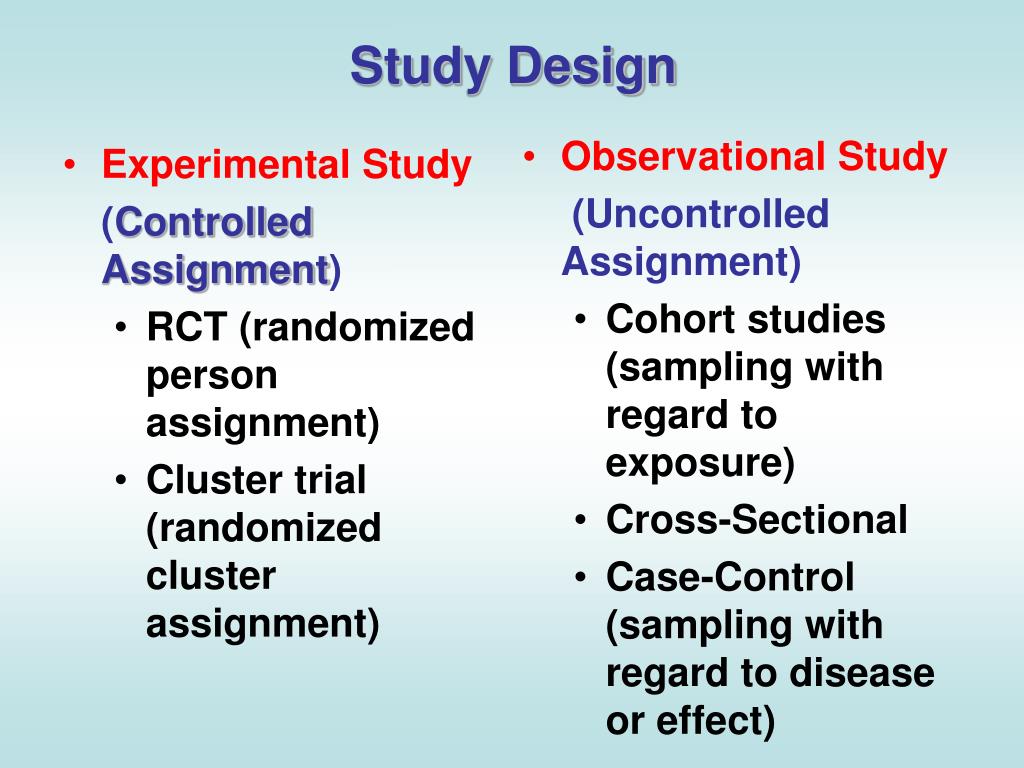

However, it is unlikely that a retrospective cohort study would have accurate information on these many other risk factors. For example, it might be important to know whether the subjects smoked, or drank, or what kind of diet they ate. Even if it was clear who was exposed to tire manufacturing chemicals based on employee records, it would also be important to take into account (or adjust for) other differences that could have influenced mortality, i.e., confounding factors. Sometimes exposure status is not clear when it is necessary to go back in time and use whatever data is available, especially because the data being used was not designed to answer a health question. Retrospective cohort studies like the one described above are very efficient for studying rare or unusual exposures, but there are many potential problems here. Key Concept: The distinguishing feature of a retrospective cohort study is that the investigators conceive the study and begin identifying and enrolling subjects after outcomes have already occurred. They can classify them as "exposed" or "unexposed" based on their employment records, and they can use a number of sources to determine subsequent outcome status, such as death (e.g., using health records, next of kin, National Death Index, etc.). In essence, the investigators are jumping back in time to identify the study cohort at a point in time before the outcome of interest (death) occurred. However, rather than following these subjects for decades, it would be more efficient to use employee health and employment records over the past two or three decades as a source of data. The employees who actually worked with chemicals used in the manufacturing process would be the exposed group, while clerical workers and management might constitute the "unexposed" group. Since this is a fairly rare exposure, it would be advantageous to use a special exposure cohort such as employees of a large tire manufacturing factory. Suppose investigators wanted to test the hypothesis that working with the chemicals involved in tire manufacturing increases the risk of death. They then determine whether the subject subsequently developed the outcome of interest. The investigators jump back in time to identify a cohort of individuals at a point in time before they have developed the outcomes of interest, and they try to establish their exposure status at that point in time. In contrast, retrospective studies are conceived after some people have already developed the outcomes of interest. The characteristic that distinguishes a study as prospective is that the subjects were enrolled, and baseline data was collected before any subjects developed an outcome of interest. The analysis always occurs after a certain number of events have taken place. Since the data analysis occurs after some outcomes have occurred, some students mistakenly would call this a retrospective study, but this is incorrect. Pitfall: Note that in these prospective cohort studies a comparison of incidence between the groups can only take place after enough time has elapsed so that some subjects developed the outcomes of interest. Key Concept: The distinguishing feature of a prospective cohort study is that at the time that the investigators begin enrolling subjects and collecting baseline exposure information, none of the subjects has developed any of the outcomes of interest. Alternatively, one could group subjects based on their body mass index (BMI) and compare their risk of developing heart disease or cancer. For example, one could identify smokers and non-smokers at baseline and compare their subsequent incidence of developing heart disease. In this way, investigators can eventually use the data to answer many questions about the associations between "risk factors" and disease outcomes.

over a period of time, usually for years, to determine if and when they become diseased and whether their exposure status changes. After baseline information is collected, subjects in a prospective cohort study are then followed "longitudinally," i.e. The investigators design the questions and data collection procedures carefully in order to obtain accurate information about exposures before disease develops in any of the subjects. In a prospective study like the Nurses Health Study baseline information is collected from all subjects in the same way using exactly the same questions and data collection methods for all subjects.


 0 kommentar(er)
0 kommentar(er)
